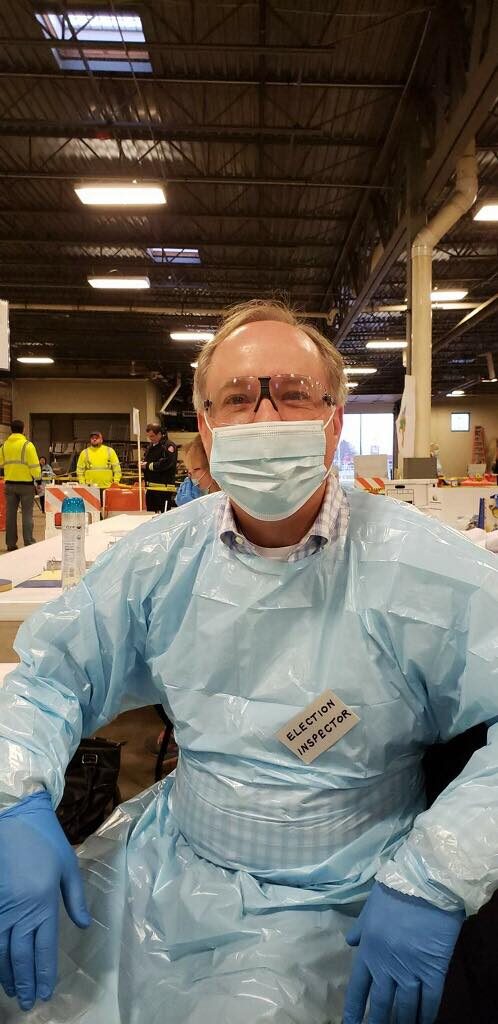Bernie Sanders is dropping out of the race.
Meanwhile, Paul Broun is running for the senate.
How to try to win election by stoking fear amid the COVID-19 crisis:
Former Georgia Rep. Paul Broun who is running to return to Congress just released an ad warning that “in uncertain times like these,” it’s important to protect yourself against “looting hordes from Atlanta” pic.twitter.com/bqS4rePrmP
— Marcus Baram (@mbaram) April 7, 2020
This country is so fucked.




